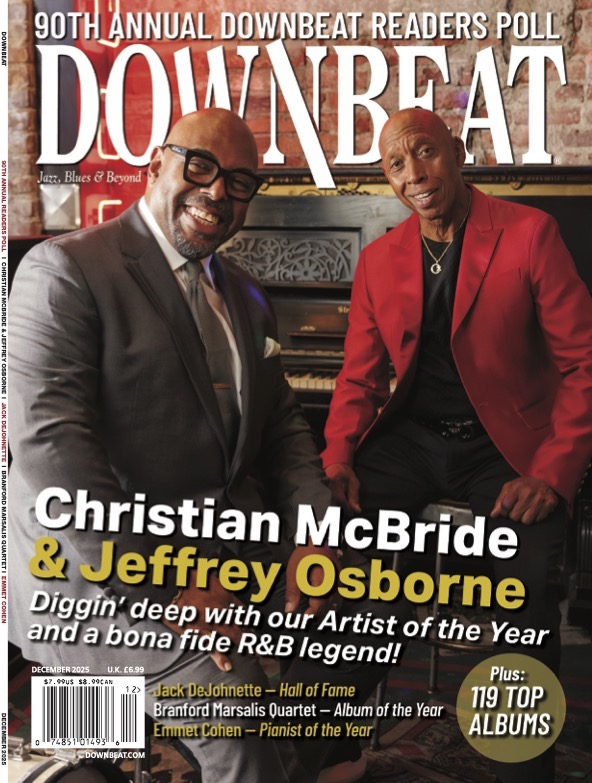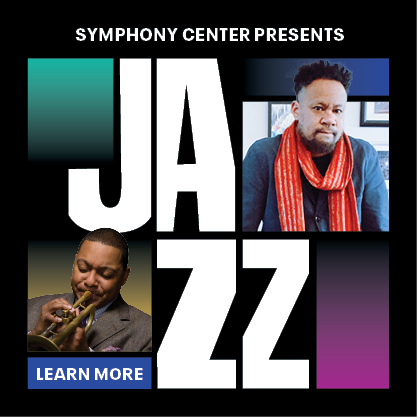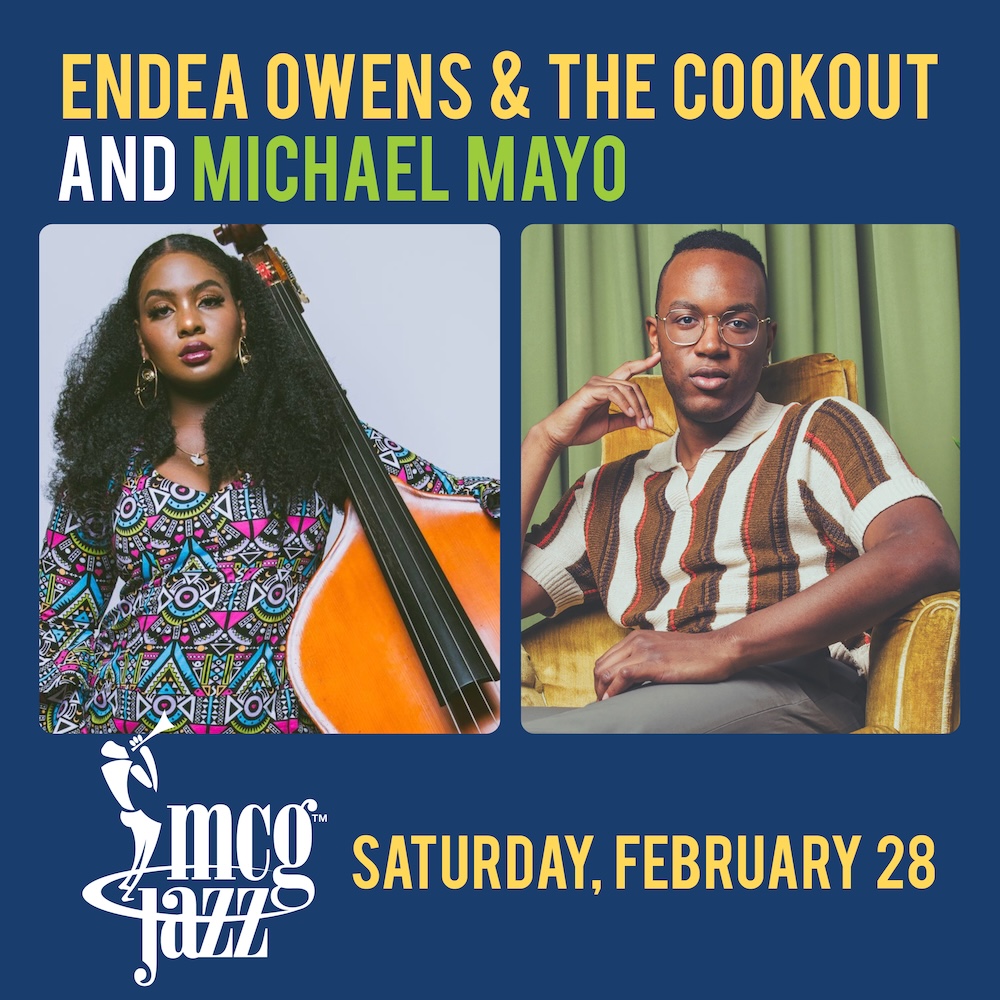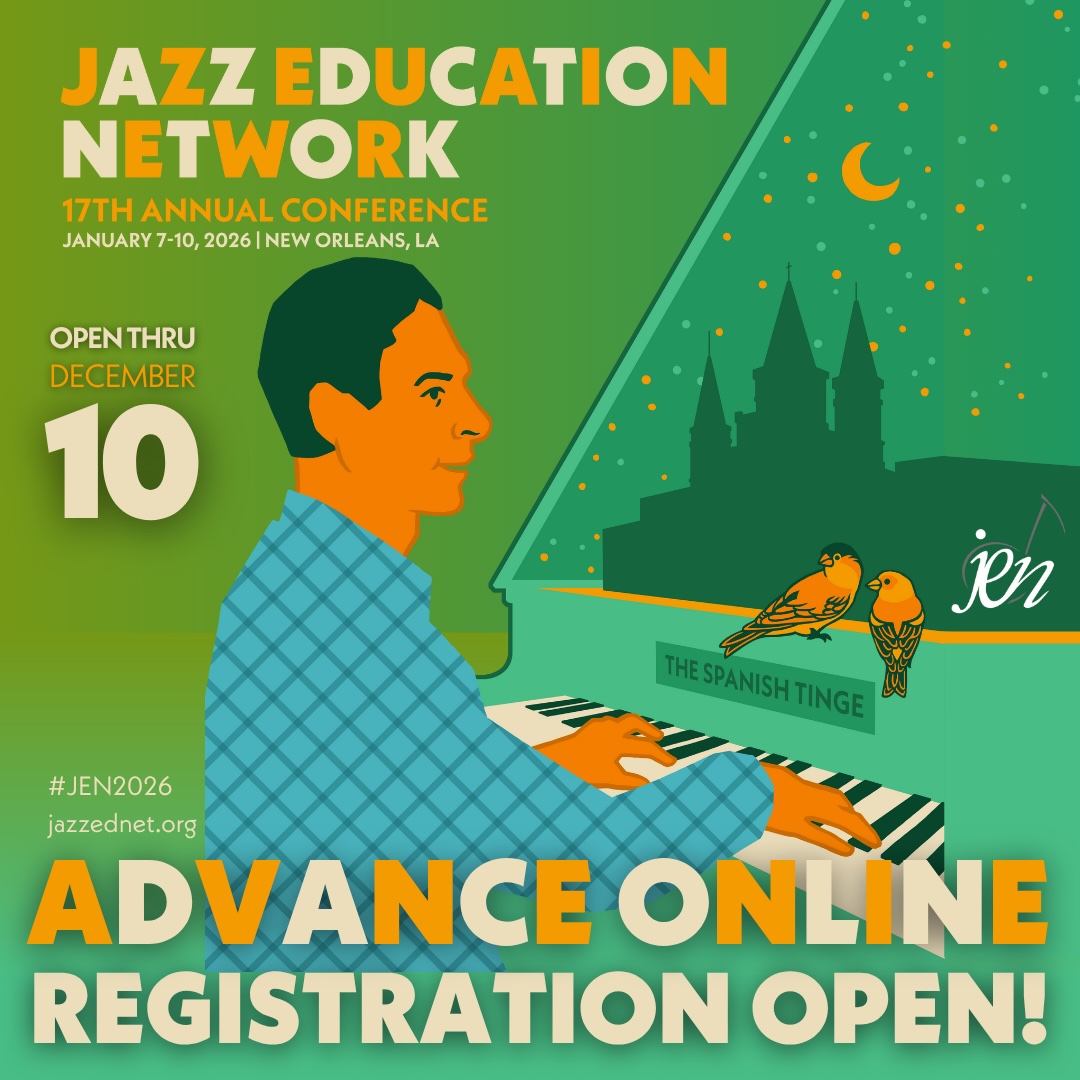Oct 28, 2025 10:47 AM
In Memoriam: Jack DeJohnette, 1942–2025
Jack DeJohnette, a bold and resourceful drummer and NEA Jazz Master who forged a unique vocabulary on the kit over his…
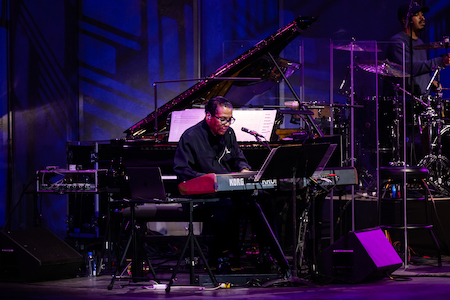
Herbie Hancock’s Sept. 28 set at the Hollywood Bowl fell in line with his smartly crafted concert menus of recent years.
(Photo: Derrick Lee)Musicians of a certain age and public visibility can lay claim to homecoming rites at special, sentimental venues, humble or otherwise. Herbie Hancock, at 82, counts as one of his major home-turf stomping grounds the 17,000-capacity expanse of the Hollywood Bowl. Inevitably, historical echoes meet present-tense musical energy when Hancock returns to play here, as he did on Sept. 28, toward the end of the Bowl’s summer season.
The Bowl itself is celebrating its 100th anniversary this year, and Hancock has been officially playing here for seven decades, going back to his time in the epochal Miles Davis Quintet in 1964. Over the years, he has often appeared with Davis quintet cohort and lifelong ally Wayne Shorter (like Hancock, one of Los Angeles’ illustrious jazz legends, going back to the ’70s). There have been tense Bowl moments along the way, as when a Davis tribute project at the Playboy Jazz Festival was met with a rude, chattering and picnicking crowd. Hancock, ever diplomatic and audience-friendly, chided the crowd, in his gentle, Zen-like way.
Generally, though, Hancock at the Hollywood Bowl is a celebratory occasion. Artistically and commercially, his career-spanning juggling act of crowd-pleasing elements with deeper-driving musicality as a jazz titan has made him a model of how to blend seriousness with funk-fueled accessibility. It’s a mixed menu that can speak to an epic venue like the Bowl.
Hancock, moving seamlessly from grand piano to a wraparound array of keys, brought along a stellar aggregate of players for the latest Bowl occasion, featuring both longtime guitarist Lionel Loueke and bassist James Genus and relative young newcomers including the dynamo flutist Elena Pinderhughes and captivating-while-grounding drummer Justin Tyson. Trumpeter Terence Blanchard filled out the group. The set fell in line with Hancock’s smartly crafted concert menus of recent years, a medley-fying mystery tour of Hancock’s music over the decades, capped off with party favors “Cantaloupe Island” (in a retooled arrangement) and “Chameleon” to leave the crowd on an up note.
As testament to Hancock’s comforts-of-home approach to his Bowl shows, his recent show opened with him escorting his grandson, Dru, onstage. Dru — “not even 2 yet,” said the proud grandpa — played the first few notes on the keyboard. Later, Hancock expanded on his long-standing familial, symbiotic philosophy about art and its audience: “COVID has taught us that we are family on the planet, all of us.”
Opening with an abstract passage, Hancock and company moved through varied changes of song structures, echoes from Hancock’s songbook and open zones in the long-ish “Overture,” an indication of the diverse game plan to come in the 90-minute set. Fittingly, Hancock paid tribute to the now 89-year-old Shorter, his “best friend” and also a frequent flyer on the Hollywood Bowl stage, with the saxophonist’s signature tune “Footprints” in a fresh, comfy chair-grooving arrangement by Blanchard.
Spotlighting players in the band is important to Hancock’s sense of set-building. Our ears were duly led to appreciate the substantial artistry in Hancock’s ranks, from Loueke’s guitar-voice exploration to Genus’ solo bass-looping etude, from Blanchard’s sometimes FX-sautéed trumpet outings to the consistently impressive turns from Pinderhughes, a fast-ascending voice in jazz.
Venturing into a more dimly lit corner of his vast repertoire, Hancock called up his moving tune “Come Running To Me,” rescued from the relative obscurity of his 1978 album Sunlight through repeated exposure via sampling culture. In Hancock’s version at the Bowl, he put his advancing expressive abilities with “vocoder” technology to good use, singing through synth tones and building up an ever-thickening harmonic plot. It evoked the musical hall-of-mirrors effect popularized by Jacob Collier, and here advanced in the hands of a master.
Another gem from the Hancock archives, which has thankfully been a concert showpiece for years now, is a tougher number, “Actual Proof,” from another undersung Hancock album, 1974’s Thrust. With its rhythmic intricacies and maze-like design wedded to a driving funk-fueled machinery, the tune functions as a kind of “math funk” workout from the fusion era that holds up beautifully today. To these ears, “Actual Proof” was the highlight of the night: Especially when experienced in a live, tight performance as heard at the Hollywood Bowl, the piece continues to deliver on the promise of Hancock’s balancing act gift, merging head, heart and groove — into his octogenarian years.
Earlier in the concert, Hancock addressed the audience about the concept of improvisation as lifestyle, posing the question, “Do you know who is an improvisor? You are. You never know what’s going to happen … you have to try to make it work.” Hancock and company made it work on this night, in this house. DB
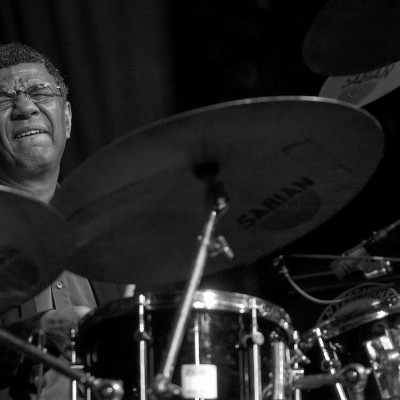
Jack DeJohnette boasted a musical resume that was as long as it was fearsome.
Oct 28, 2025 10:47 AM
Jack DeJohnette, a bold and resourceful drummer and NEA Jazz Master who forged a unique vocabulary on the kit over his…
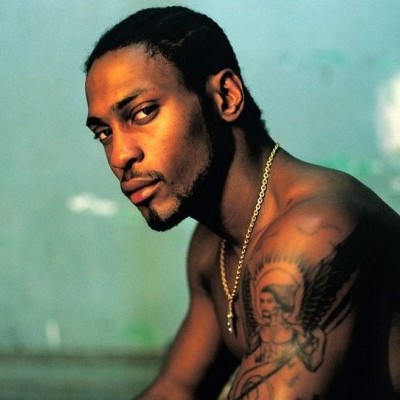
D’Angelo achieved commercial and critical success experimenting with a fusion of jazz, funk, soul, R&B and hip-hop.
Oct 14, 2025 1:47 PM
D’Angelo, a Grammy-winning R&B and neo-soul singer, guitarist and pianist who exerted a profound influence on 21st…
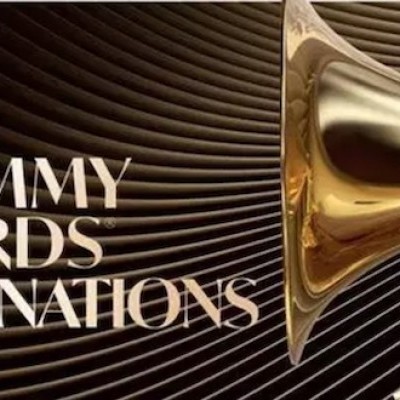
To see the complete list of nominations for the 2026 Grammy Awards, go to grammy.com.
Nov 11, 2025 12:35 PM
The nominations for the 2026 Grammy Awards are in, with plenty to smile about for the worlds of jazz, blues and beyond.…
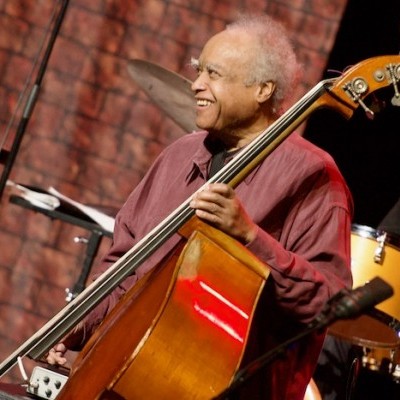
Drummond was cherished by generations of mainstream jazz listeners and bandleaders for his authoritative tonal presence, a defining quality of his style most apparent when he played his instrument unamplified.
Nov 4, 2025 11:39 AM
Ray Drummond, a first-call bassist who appeared on hundreds of albums as a sideman for some of the top names in jazz…
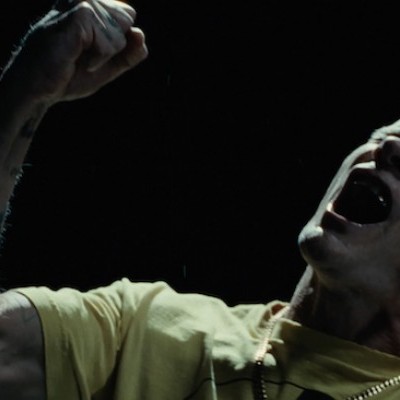
Flea has returned to his first instrument — the trumpet — and assembled a dream band of jazz musicians to record a new album.
Dec 2, 2025 2:01 AM
After a nearly five-decade career as one of his generation’s defining rock bassists, Flea has returned to his first…

